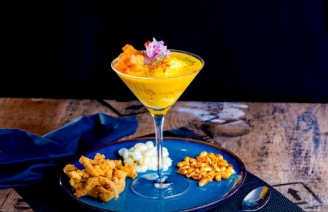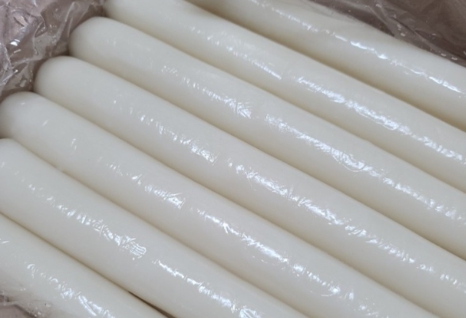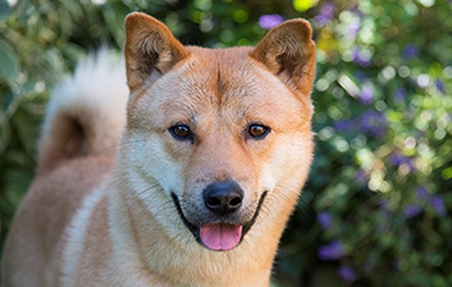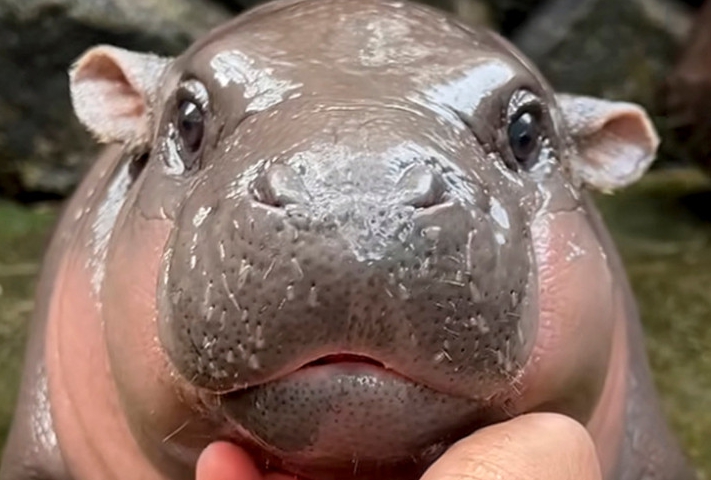해외로 김gim 수출 - Dried seaweed
바다의 맛을 담은 얇은 식품, '김'은 한국의 대표적인 전통 식품으로, 그 맛과 건강 효능으로 전 세계에서 사랑받고 있습니다. 김의 매력을 알아보는 시간을 가져보겠습니다.
한국 김의 역사와 기원
한국 김의 역사는 매우 오래되었습니다. 삼국시대부터 시작된 김의 역사는 조선시대에 이르러 더욱 발전하였습니다. 김은 원래 자연에서 채취했으나, 이후 인공 양식법이 개발되면서 대량 생산이 가능해졌습니다. 오늘날 한국 김은 다양한 방식으로 가공되어 국내외에서 인기를 끌고 있습니다.
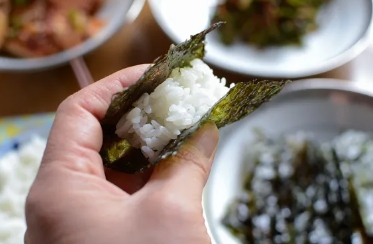
Although seaweed on the beach might not look and smell the most appetizing, in South Korea seaweed is transformed into a delicious ingredient that is used in many different dishes, or eaten as a snack on its own.
해변의 해초는 그다지 식욕을 돋우는 모양과 냄새는 아니지만, 한국에서는 해초가 다양한 요리에 사용되거나 그 자체로 간식으로 먹는 맛있는 식재료로 변모합니다.
Gim is usually dried and then roasted, giving it a very savory flavor. Often, roasted gim is simply cut up into little rectangles and served as a side dish during a meal.
김을 말린 다음 구워 매우 고소한 맛을 냅니다. 구운 김을 작은 직사각형으로 잘라서 식사 중에 반찬으로 제공하는 경우가 많습니다.
There are different kinds of gim too. Dol Gim literally means rock seaweed, and, as the name suggests, is grown on a rock. It has a naturally thick and coarse texture, which makes it perfect to just eat as is, or to wrap around rice.
김에도 다양한 종류가 있습니다. 돌김은 말 그대로 바위김이라는 뜻으로, 이름 그대로 바위에서 자란 김입니다. 자연적으로 두껍고 거친 식감을 가지고 있어 그냥 먹거나 밥에 싸서 먹기에 좋습니다.
Jaerae Gim is one of the most commonly consumed types of gim. It is finer and softer in taste and texture than Dol Gim and is usually wrapped around rice.
재래김은 가장 일반적으로 소비되는 김 종류 중 하나입니다. 돌김보다 맛과 식감이 더 곱고 부드러우며 보통 밥에 싸서 먹습니다.
Parae gim has a bright green color and a milder flavor compared to Jaerae gim.
파래김은 재래김에 비해 밝은 초록색을 띠고 맛이 더 부드럽습니다.
Kimbap (Korean Seaweed Rice Rolls): Use kimbap gim to wrap rice and various fillings like vegetables, meat, and fish. Kimbap is a popular and convenient meal for picnics and lunches.
김밥: 김밥 김을 사용하여 밥과 야채, 고기, 생선 등 다양한 속재료를 감싸는 음식입니다. 김밥은 피크닉이나 도시락으로 인기 있고 편리한 음식입니다.
The Nutritional Value of Gim
Korean gim is not only delicious but also highly nutritious. It is rich in vitamins and minerals, making it a healthy addition to any diet. Gim contains significant amounts of vitamins A, B, C, and E, as well as essential minerals like iodine, calcium, and iron. These nutrients contribute to various health benefits, such as boosting the immune system, improving vision, and promoting healthy skin.
김의 영양학적 가치
한국 김에는 맛뿐만 아니라 영양가도 높습니다. 비타민과 미네랄이 풍부하여 모든 식단에 건강하게 추가할 수 있습니다. 김에는 요오드, 칼슘, 철분과 같은 필수 미네랄뿐만 아니라 상당한 양의 비타민 A, B, C, E가 함유되어 있습니다. 이러한 영양소는 면역 체계 강화, 시력 개선, 피부 건강 증진 등 다양한 건강상의 이점을 제공합니다.
The price of dried seaweed in South Korea increased by 17.8 percent in May compared to the same period last year amid surging demand from overseas markets, according to Korea Statistics on Thursday.
한국 통계청에 따르면 5월 국내 마른 김 가격은 해외 시장의 수요 급증으로 지난해 같은 기간에 비해 17.8% 상승했습니다.
In 2023, South Korea exported 18,599 tons of dried seaweed, a 12.4 percent increase from the previous year. The total value of seaweed exports also rose to 1.86 trillion won, surpassing the one trillion won mark for the first time. In the first four months of this year, seaweed exports reached 6,443 tons, a 9.4 percent increase compared to the same period last year.
2023년 한국은 전년 대비 12.4% 증가한 18,599톤의 마른 김을 수출했습니다. 김 수출 총액도 1조 8,660억 원으로 증가하여 처음으로 1조 원을 돌파했습니다. 올해 1~4월 김 수출량은 6,443톤으로 지난해 같은 기간에 비해 9.4% 증가했습니다.
The U.S. was the biggest market for the seaweed with USD 28.18 million, followed by China with USD 23.13 million and Japan USD 22.98 million.
미국은 2,818만 달러로 김의 최대 시장이었으며, 중국이 2,313만 달러, 일본이 2,298만 달러로 그 뒤를 이었습니다.
